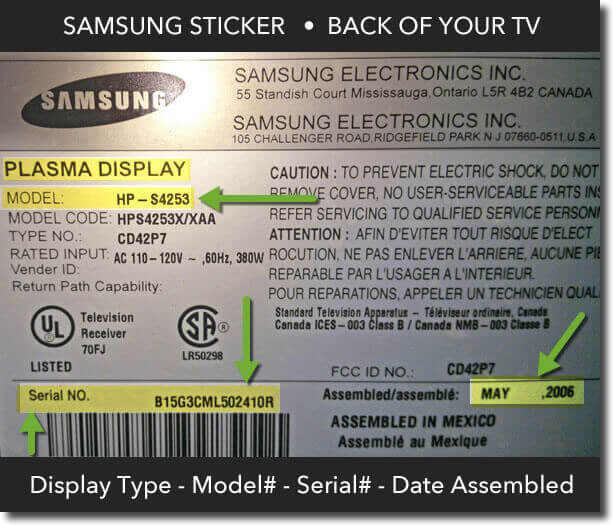Ronster said:
4k HDR samsung.
It is a cheaper model though.
the point is anyway if you were working in a studio or something of course everyone would have the same monitor.
If you are doing dual or more projection screens you make sure you have the same make and model to match.
Caliberate a monitor to somone elses monitor is nonsense. I even read a forum on why companies do not calibrate before sending out to customers and how depending on the light in the room all this bollocks. You also have specification to contend with now like HDR color depth resolution and so on.
You calibrate to match for a purpose but in an environment where everyone has a different make / model and specification or type OLEd / LED / LCD / Plasma / projector whatever utterly pointless it is the content that needs to be tailored.
you try calibrating an anti aircraft gun to be more like a machine gun never ever through calibration will you get the 2 things to match.
This is basically the truth.
In my field I deal with calibration a lot and I think you’re mistaken on how matching screens works.
Matching brand and model will help you get very close AFTER calibration. The same make and model can differ in chroma and luma values out of the factory. Even calibration won’t get you 100% similar. It’s like with asymptotes in analytic geometry, you are heading infinitely towards 0 on X or Y and never getting there fully.
Calibration is always approximate, it’s just that you can get that percentage of difference very very low depending on how complete and rigorous your methods are. Just because you won’t exactly match baseline, does not mean you shouldn’t try. Matching 98% is much better than matching 40%. I’ve had high-end professional monitors differ quite wildly despite matching make and model. I’ve seen monitors shift red over time without any settings having been changed and they need to be re-calibrated.
So, making media specific to screen tech is absurd. Two brands of OLED aren’t going to be the same out of the factory. Certain brands lean towards different color bias because of that company’s individual research and development. There are many factors that are involved besides just the base marketed tech of OLED, LCD, QLED, etc. There’s a lot of differing sub-design underneath that title. And like I implied before, there can just be uncontrollable variables in the manufacturing process that make the same models differ. You’d have to have media that’s specific to the serial number of your TV.
Screens are not calibrated in the factory, yes, partially because the lighting will different but mostly because automating that process would be difficult and expensive for very little return. Out of the millions of TVs sold, how many customers truly care about chroma/luma accuracy? The lighting would mostly just account for perceived luma shifts because of lighting reflecting off your screen or how closed/open your iris is because of the ambient light.
Any color differences would not be affected by differing lighting. You might see warm colors as stronger if you’re in a cooler lit room but that would shift to seem normal as you acclimate over 10 minutes or so.
The reason we have calibration is because that is the only available way to achieve consistency. The manufacturing process cannot guarantee matching images. It’s a tool decided upon because of no alternative methods available. There may be innovation in the future, but calibrated media is not part of that future. You cannot tailor home video to every unit because every unit is different.





